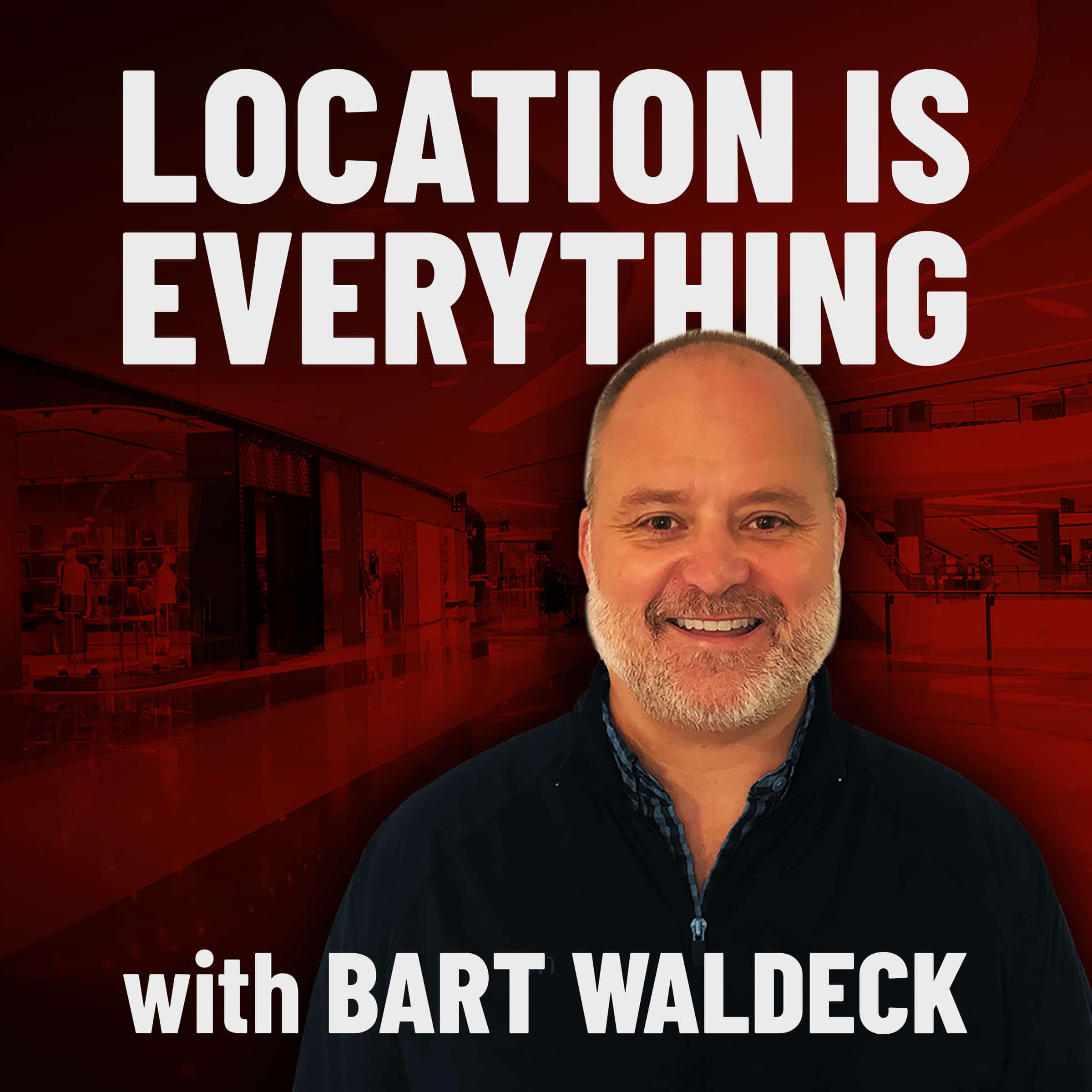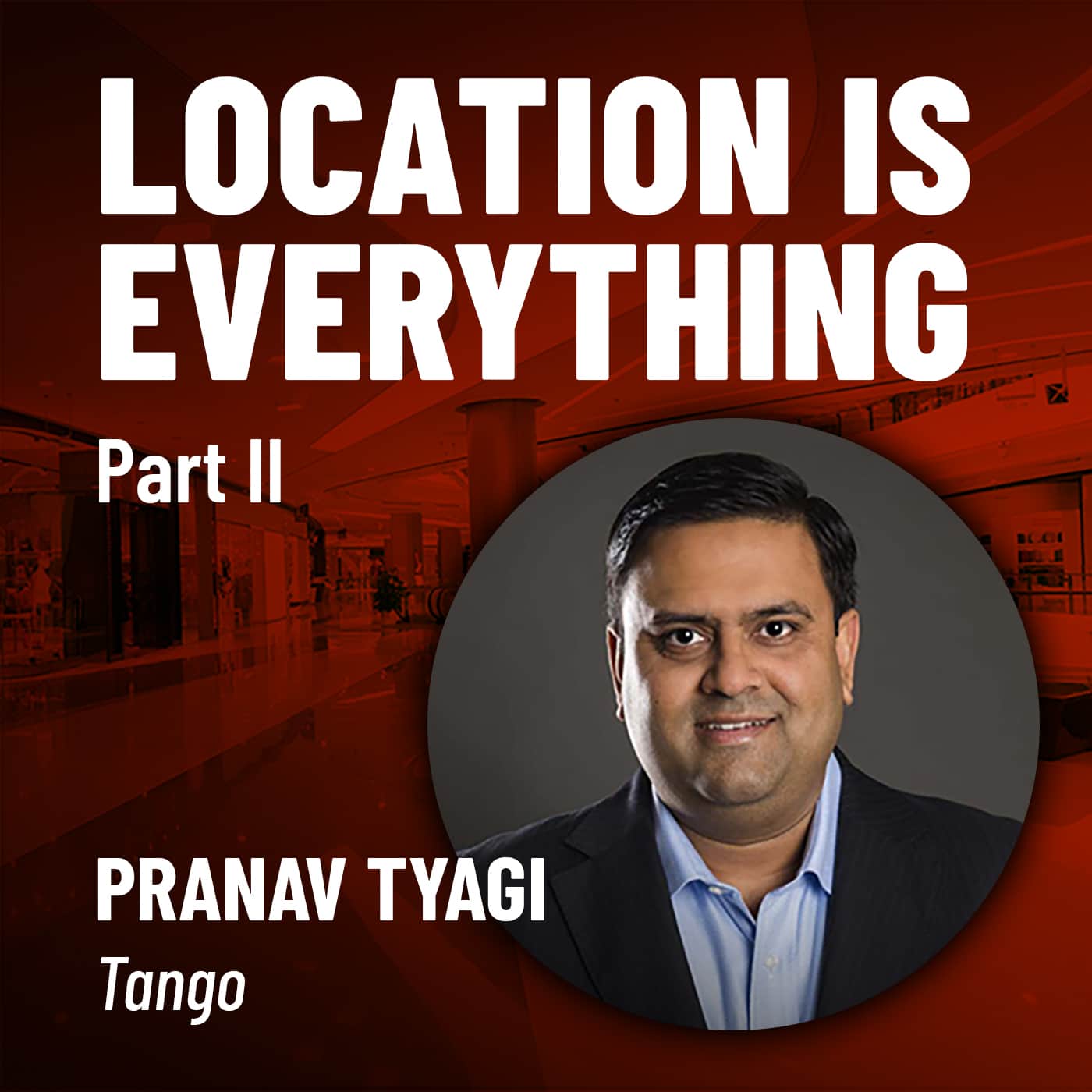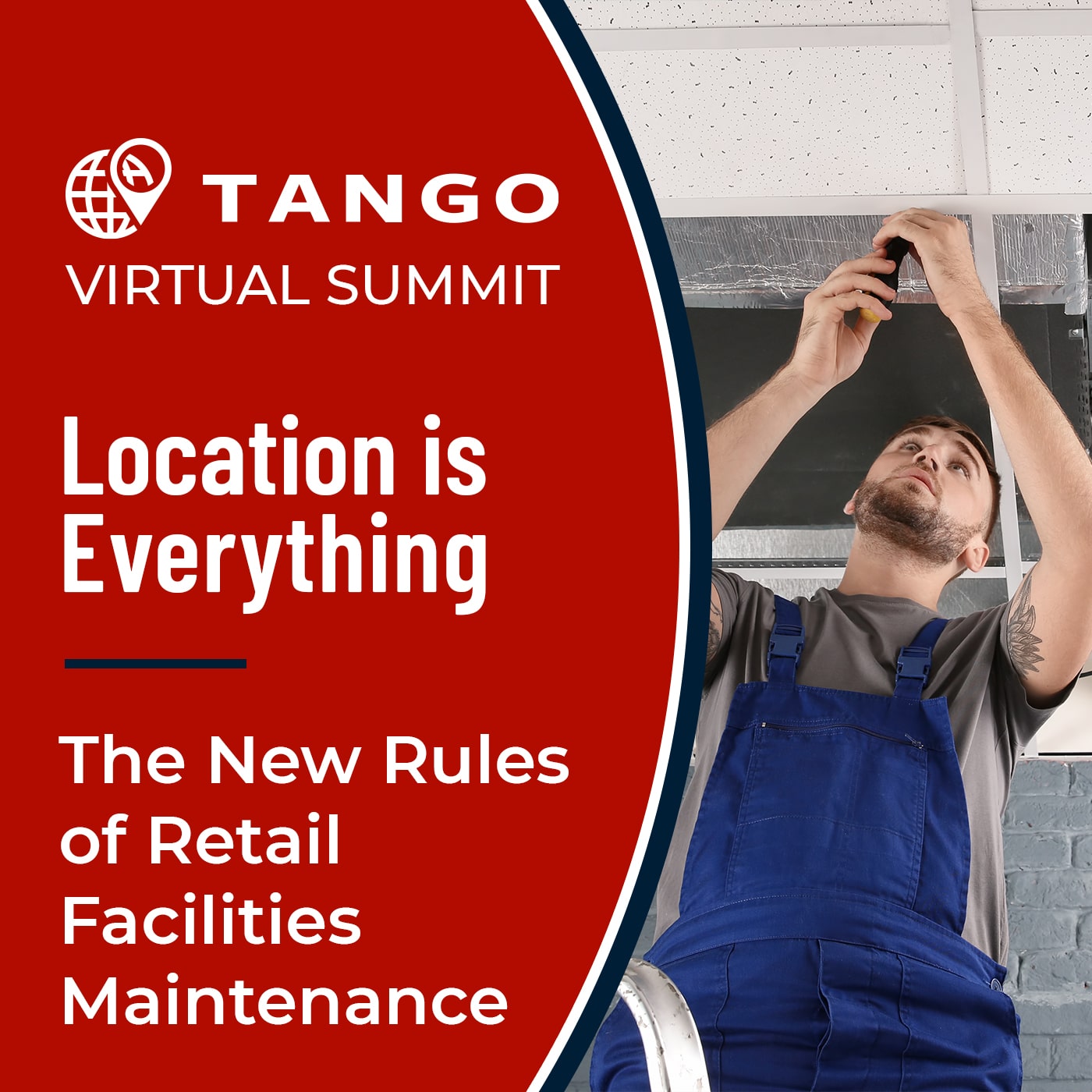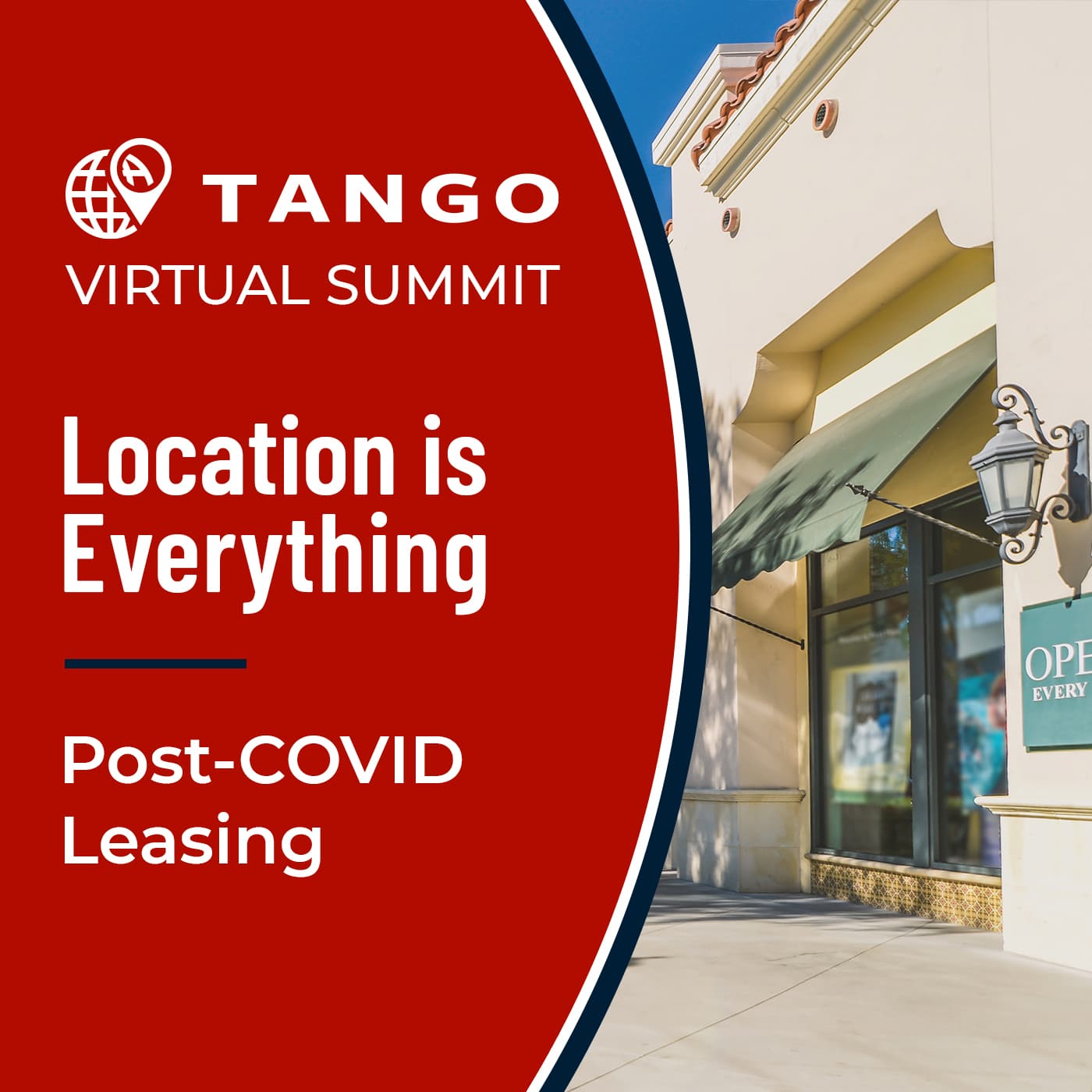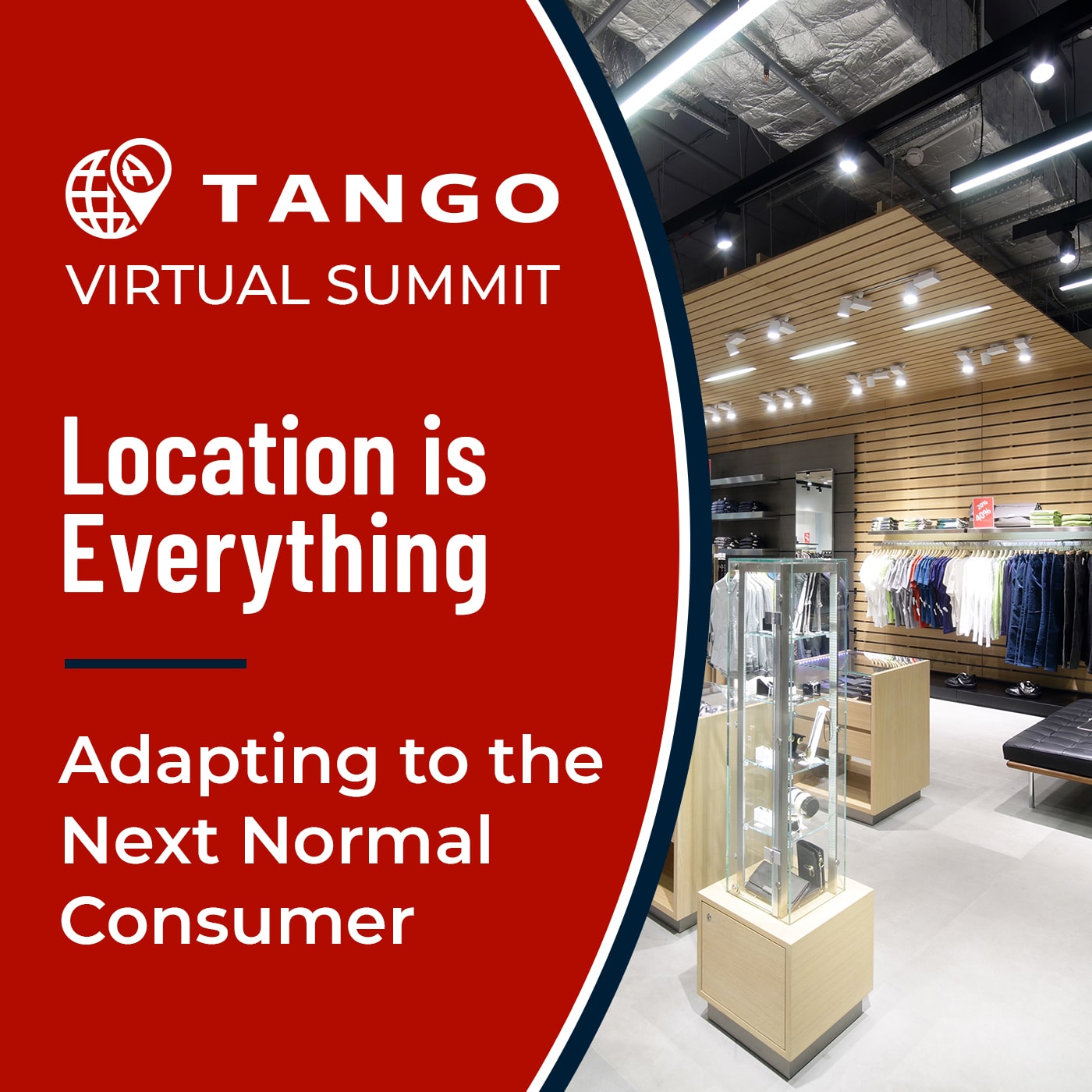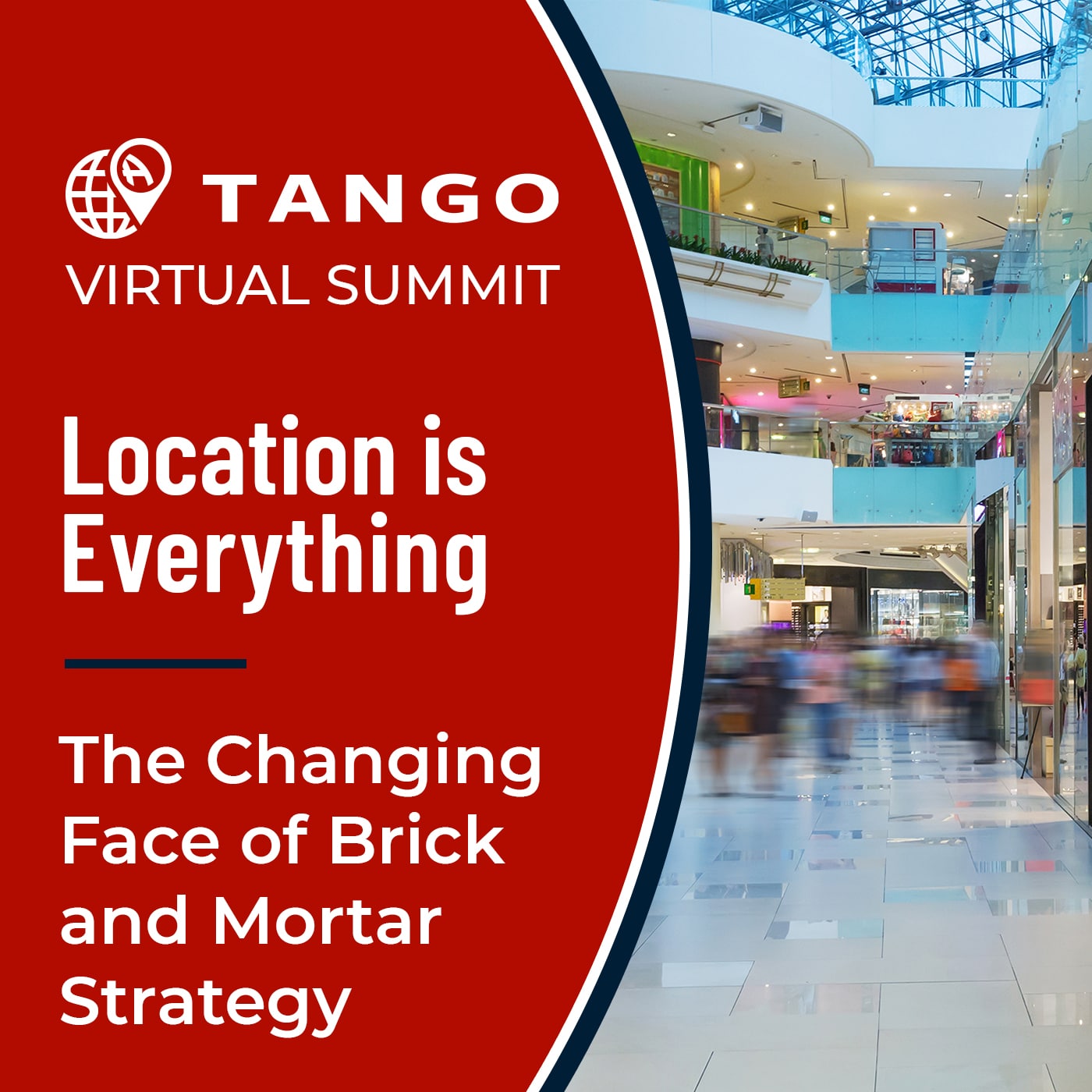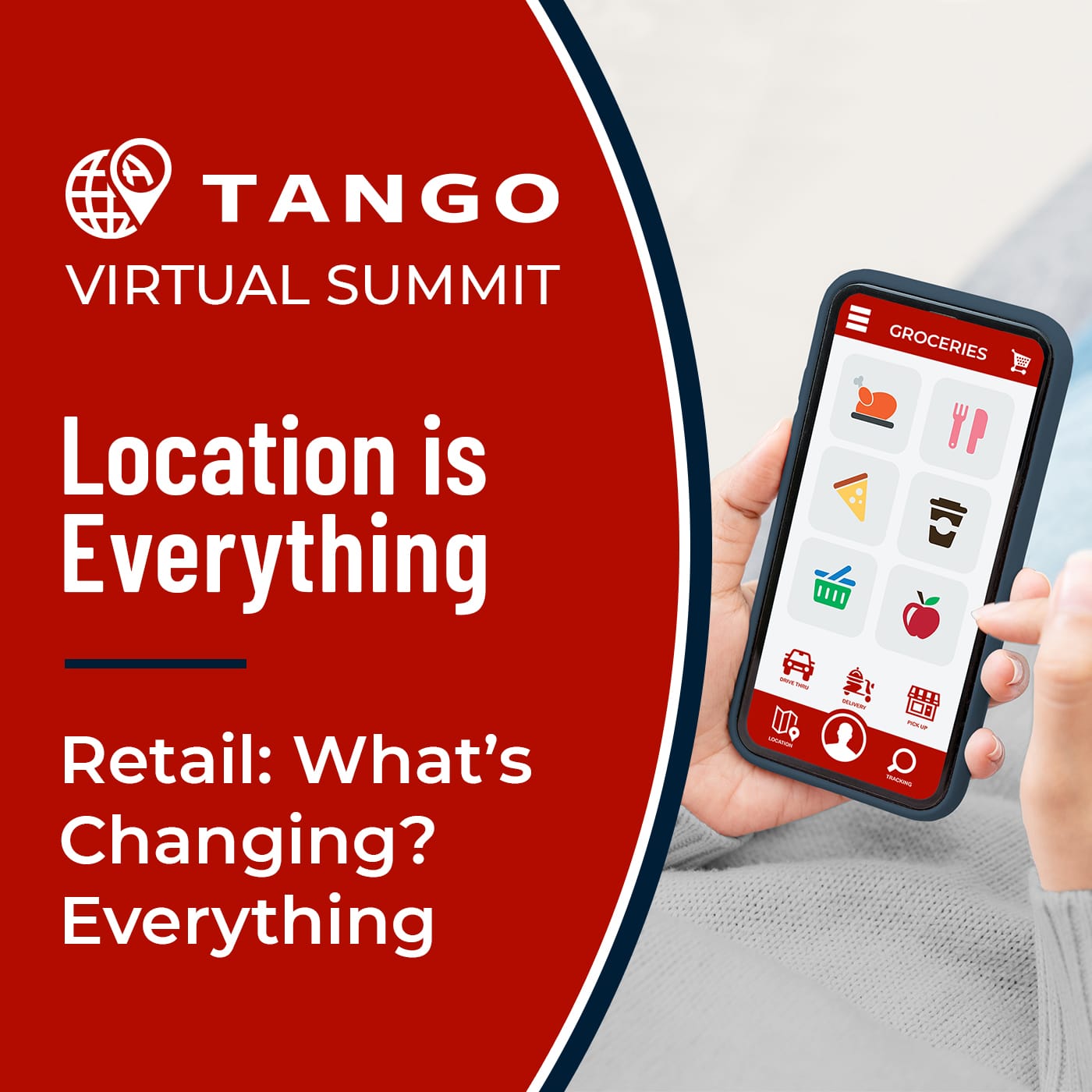As I mentioned earlier in this podcast, the recalibrate stage is all about rethinking store location strategy. And that’s by shifting the calculus from in sales forecast and optimization approach, which is typically focused on the in store shopping, to one that considers the emergence of pickup and delivery. In other words, an omnichannel perspective. Let me explain why. Given the undeniable shift in consumer shopping behavior, whether it’s temporary or permanent, and the lack of clarity as to how these behaviors will remain as the pandemic subsides, we now know conclusively that modeling customers based on historical data is nonstop. What happened in 2019, it was not a predictor of how customers behaved in 2020. How 2020 went is not going to be how customers behave this year in 2021. That much is certain because everything is changing. Traditional sales forecasting models that primarily use historical observations to determine future performance, which is we like to call a rear view mirror approach to forecasting, those are likely to be incapable of considering the complex and often nonlinear relationships between the different data sets in terms of predicting performance of locations.
In addition to this changing consumer behavior, retailers are also dealing with a rapidly shifting and changing competitive landscape. As many companies have closed locations or gone out of business, and others are varying from location to location and trade area to trade area. Finally, the modeling calculus has changed as retailers must now take into account, not only in store shopping, but also pickup and delivery and those older techniques and older modeling approaches are just not designed for an omnichannel world. To adjust to this new reality, I believe that retail restaurant concepts must turn to other technological innovations that have been in place in the last few years, such as artificial intelligence and machine learning because those tools are likely the only approaches available today to understand this new normal and enable better decision making.
And why do I say that? Obviously the biggest advantage that AI and ML, artificial intelligence, machine learning based models have is that their core strengths in the way these models and these techniques predict, map very nicely to the dynamic and shifting environments that retailers are facing. The top of that list is the ability to rapidly sift through massive data sets, both the traditional old data sets and the newer more innovative data sets. And then not only sift through those data sets, but then to apply dozen, several dozens of algorithms to find the best combination of models to interpret that existing environment and then therefore more accurately predict sales. One of the challenges with the older techniques was you took a subset of data off a small amount of data and through a subset of that data and then you applied a singular model to them. And the AI, ML techniques allow you to take on a variety of different data sets may not be properly formatted and aligned, but you can still consume it and apply many models to it.
Also, what these techniques allow you to do is it allows you to process large volumes of information and discern patterns in that information or that data that are difficult for humans to comprehend just from casual observation or from basic statistical techniques. And this is especially the case as the underlying data changes frequency or time seen as data. Patterns change, customer behavior changes, so it’s not static data, it changes day to day, week to week, month to month. The next big advantage that AI and ML models offer is speed. Both in building the initial model, as well as in the ability to rapidly recalibrate these models as the business environment changes.
It’s not just about the innovative technology, it’s about what it allows you to do and how often it allows you to do it. Market research teams, we believe will not have the time to collect, monitor, compile, aggregate and analyze all of these large data sets to determine relevance, frequently. And therefore data science teams, which don’t exist inside these market research teams, is part of the challenge here. And we have to have the properly staffed teams to build solutions in house, which is a thing that retailers typically lack.
